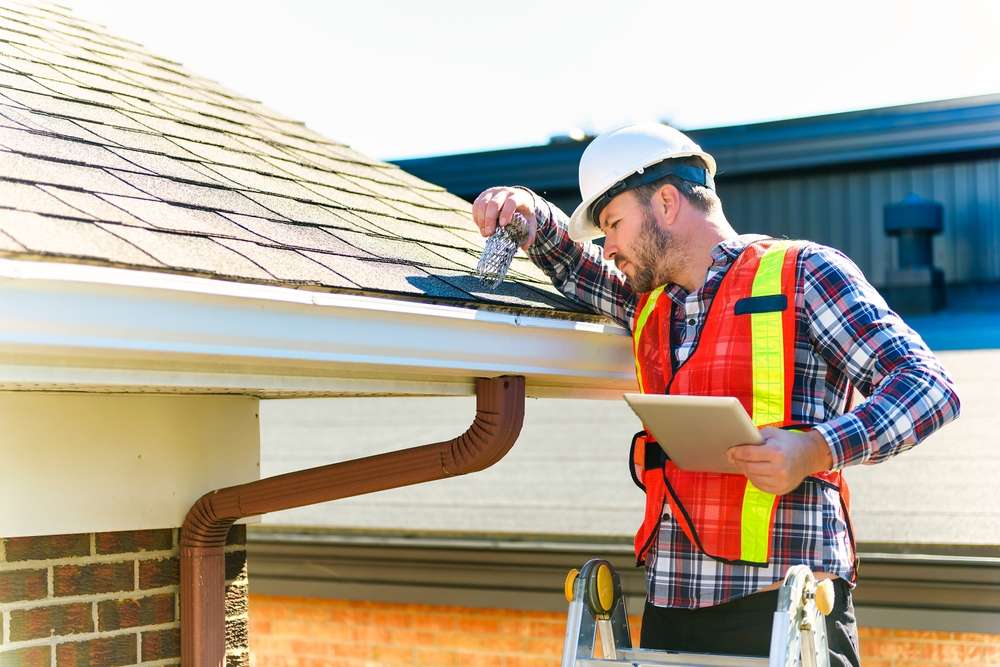Garage Door Repair: Essential Guide for Homeowners
A malfunctioning garage door creates inconvenience and can be a safety hazard for any home. This guide explains how to identify common garage door issues, basic repair options you can safely try, when to call a contractor, and how routine maintenance keeps your door reliable and secure. Practical tips focus on safety and preserving long-term function.

How to inspect your garage door?
Start with a visual and functional inspection: look for dents, frayed cables, loose bolts, worn rollers, and gaps along the tracks. Test the opener by reversing the door with the safety sensor—if it doesn’t reverse, the sensors may be misaligned or dirty. Listen for unusual noises like grinding or popping during operation; these often point to worn bearings, lack of lubrication, or a failing opener. Regular monthly checks let you spot small problems before they become major safety risks.
What are common garage door repair issues?
The most frequent repair needs are broken springs, frayed cables, misaligned tracks, broken rollers, malfunctioning openers, and damaged panels. Torsion spring failures often leave the door heavy and unbalanced; extension springs can snap and recoil dangerously. Electric openers may have electronic or gear failures over time. Weather seals and hinges wear out from exposure. Identifying the correct failure type is important because components like springs are under high tension and pose real injury risks if handled incorrectly.
When should a home contractor be called?
Call a licensed garage door contractor for any repair involving springs, cables, track realignment, or major opener replacement. A qualified contractor has the tools and training to safely release spring tension, replace hardware, and ensure the door is balanced and properly wired. Also engage a contractor when the door’s structural elements or motorized systems require diagnosis, or when local building or safety codes may apply to replacement hardware or electrical work. For warranty concerns or complex installations, professional service protects your home and investment.
Can you perform DIY garage door repair safely?
DIY repairs are reasonable for small tasks: tightening loose bolts, lubricating rollers and hinges with a silicone or lithium-based lubricant, cleaning sensors, and replacing weatherstripping. Always disconnect power, use proper supports to hold the door open, and avoid working on springs or cables. Follow manufacturer instructions for opener accessories and replacement parts. If you feel unsure or if the job requires special tools or permits, stop and call a contractor—attempting high-tension repairs without experience risks severe injury.
How to maintain your garage and door for long life?
Maintain a simple seasonal routine: clean tracks and sensors, inspect rollers and hinges, lubricate moving parts, and test door balance and auto-reverse. Replace worn weather seals to improve energy efficiency and keep pests out. Tighten hardware and note any slow or noisy operation. Keep the opener software/firmware updated if applicable and replace remote batteries as needed. Proper maintenance prolongs part life, reduces emergency repairs, and maintains safe operation for you and your family.
Conclusion
A reliable garage door enhances daily convenience and home safety, but it requires attention. Regular inspections and basic maintenance reduce failures and help you decide when a job is within DIY scope or needs a licensed contractor. Prioritize safety: never work on springs or high-tension components without proper training and equipment. When in doubt, a professional assessment ensures correct repair and protects your home’s function and value.






